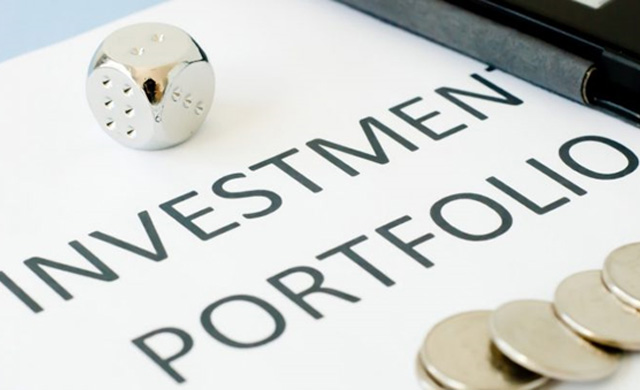There are two types of sentiment, first and second degree.

1. First degree sentiment
First degree sentiment occurs after a prolonged stock market move up or down when bullish or bearish sentiment reaches an extreme. Generally speaking in a bull market any advance lasting more than two years could create a first degree in bullish sentiment, while in a bear market any decline lasting one year or more could create a first degree in bearish sentiment. In each case this condition exists because of a multi-year record in the number of bulls or bears.
There are various ways to measure this condition, the three more discernable measures being- the ‘magazine cover’ indicator, the percentage of bulls vs bears and a prolonged length of the advance vs decline (trend).
Example: Bull market of 2009-2014
In 2013 there was enough evidence to confirm the market was in a period of first degree in bullish sentiment. The three measures above that define this were present in March 2013. A major financial publication had published a bullish story on the front cover of its magazine “Return of the Bull”, the percentage of bulls had reached record levels and the bull market was four years old.
When the stock market enters this state, the risk of a major trend reversal becomes high, however, this does not always mean a trend reversal is imminent because this condition can remain in place for months. If we assume that the period of first degree in bullish sentiment began in March 2013, it is now one year old with still no sign of a trend reversal in sight. From this analysis we can take that first degree sentiment is not a reliable timing tool!
What to do during a period of first degree in bullish sentiment:
Short term traders should buy the dips. Why? Because each pull back will be met by strong buying activity due to the high number of bulls.
Long term investors should sell and remain on the sidelines. Why? Because this condition occurs prior to a major correction, the stock market is likely to enter a new bear market.
What to do during a period of first degree in bearish sentiment:
Short term traders should sell the rallies. Why? Because bearish sentiment is high and rallies will be short lived.
Long term investors should buy and hold. Why? Because this condition precedes a long period of rising prices, in short this tells us that the next bull market is not far away.
2. Second degree sentiment
The difference between first degree and second degree sentiment is that second degree sentiment is a valuable timing tool. To calculate the second degree sentiment two indicators are used to measure extremes in bullish or bearish sentiment over the shorter term – the 13-day BTI and the 34-day BTI. Similarly to first degree sentiment, when second degree bullish sentiment reaches an extreme a pullback on the FTSE is likely. We are not talking about a major correction here but a normal pullback. For example in a bull market the FTSE would decline by 3-5% then the advance would resume. The following chart shows the 13-day BTI plotted with the FTSE 100.

This indicator is a useful timing indicator because it anticipates changes in the short term direction of the FTSE. When the 13-day BTI is below -400 the FTSE 100 is likely to rally and when the indicator is above 400 the FTSE is likely to decline. As you can see from the above chart the indicator has been spot on in the last few months. To conclude, 1st degree sentiment is useful if you are a long term investor but if you are a short term trader 2nd degree sentiment is a powerful timing tool.
Thierry Laduguie is FTSE 100 Trading Strategist at www.e-yield.com


 Hot Features
Hot Features













